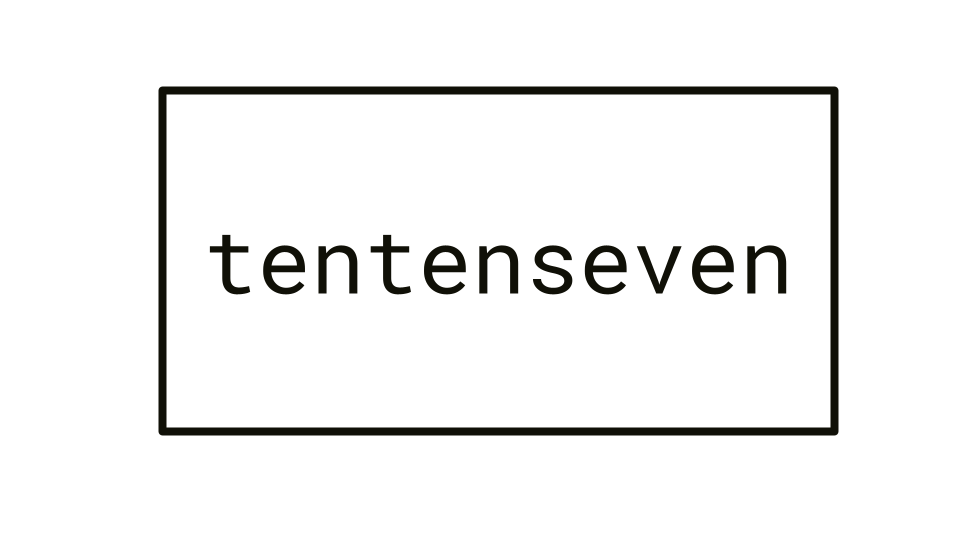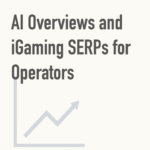As the iGaming industry continues to embrace automation and predictive technology, many marketing managers are looking to AI for iGaming as a solution to scale operations and increase profitability.
But while AI can supercharge performance in some areas, it can also become a major liability—especially when mishandled in high-value customer segments.
In this post, we’ll break down the pitfalls of using AI in iGaming, particularly for VIP customer management, and show where AI delivers the most value.
Video – AI in iGaming and Sports Betting Risks to be Aware Of
The Pitfalls of AI in iGaming: What Marketing Managers Must Know
Artificial Intelligence in iGaming offers promising benefits—from behavioral prediction to bonus optimization. However, it’s not a magic wand. One major trap marketing teams fall into is assuming AI can replace human intuition across all customer tiers.
The truth? AI models need large data sets to perform accurately. And in iGaming, your VIPs are outliers, not averages. Misapplying AI to these accounts can result in lost revenue, churn, and even long-term brand damage.
VIPs Are the Core Risk: AI Doesn’t Have the Data to Manage Them
Here’s the core challenge: AI needs volume to learn, and VIP segments often consist of just dozens—or even single-digit—customers contributing a disproportionate share of your revenue. This means AI models will lack the sample size needed to create accurate predictions or interventions.
The solution? Keep human VIP managers in charge. They offer the personalised, nuanced service VIPs expect—and that AI simply can’t replicate at this level of granularity.
If It Ain’t Broke, Don’t Fix It—Especially for VIPs
Being proactive is good marketing—except when it backfires. Overreliance on AI-generated campaigns or experiments in high-risk segments can lead to costly mistakes. For example:
- A negative casino experience can drive a loyal sports VIP to churn.
- Over-targeting VIPs with segmented campaigns can alert them to their status, causing them to demand more perks or rethink their loyalty.
VIPs thrive on exclusivity and subtlety. AI’s systematic, one-size-fits-many approach often runs counter to what these high-value players actually want.
Where AI for iGaming Really Works: Mid and Low-Tier Optimisation
So where does AI shine in iGaming? The sweet spot is in mid and low value customer segments, where the goal is efficient scaling, not personalised high-touch service.
Here’s how AI can deliver real ROI in these tiers:
Move Customers Toward Acquisition Cost Breakeven
AI can track behaviors, predict lifetime value, and craft campaigns that encourage second deposits, increased session time, and game exploration, hence nudging customers toward profitability.
Reduce Bonus Costs
AI can help reduce bonus costs by improving:
- Communication targeting (right time, right message)
- Design assets (tailored imagery per persona)
- Copy variations (tested for conversion effectiveness)
When you’re managing thousands of players, these small optimisations scale into big wins.
Use AI Where It Works: Avoid High-Risk Customer Segments
Think of AI as a powerful assistant, not an all-seeing manager. It thrives in high-volume, low-risk scenarios where optimization compounds over time.
But apply AI in VIP management, and a single wrong move can cause a top player to walk away—potentially wiping out a significant chunk of your monthly revenue. This is a gamble you don’t want to take.
Conclusion: Human-Led VIP Management, AI-Led Mid-Tier Optimisation
The smartest use of AI for iGaming starts with knowing its limits. Let your human VIP managers own the top-tier accounts, where trust, intuition, and bespoke service are irreplaceable.
Then, unleash AI on your mid and low-tier segments, where its ability to test, learn, and scale makes it an invaluable tool for driving acquisition efficiency and reducing operational costs.
The result? Smarter spend, happier players—and a more sustainable iGaming business.





